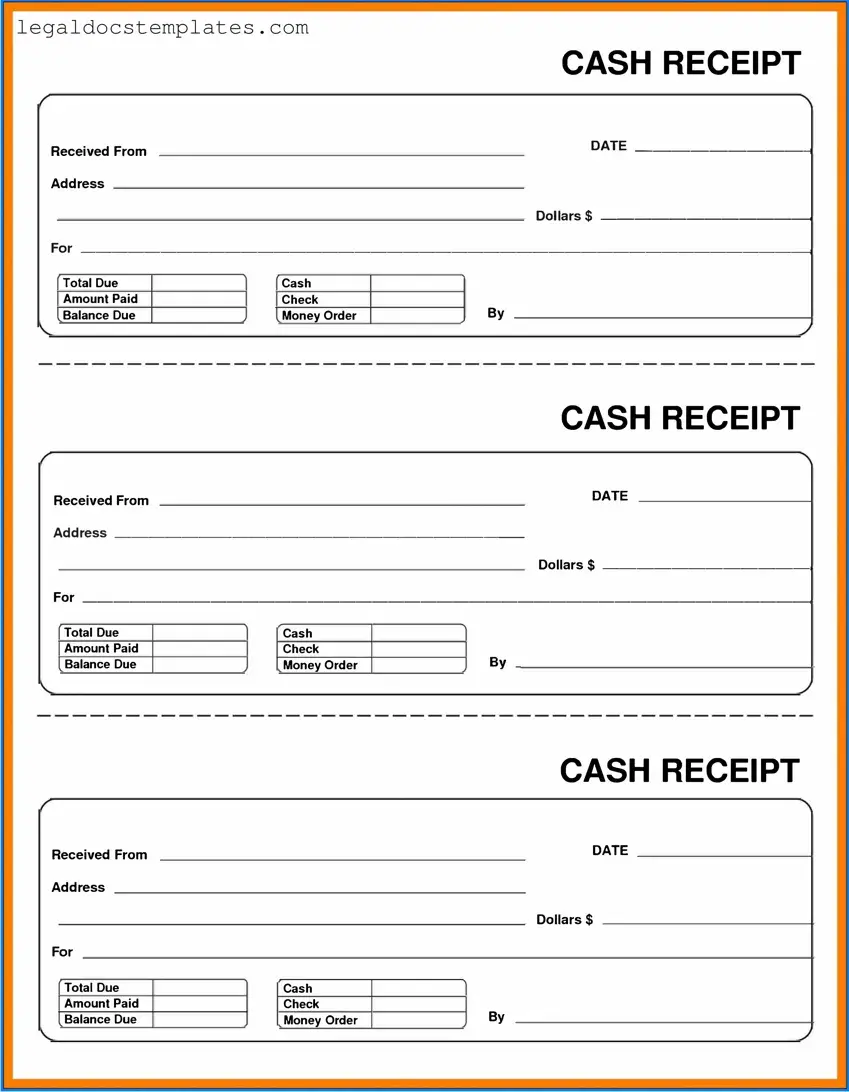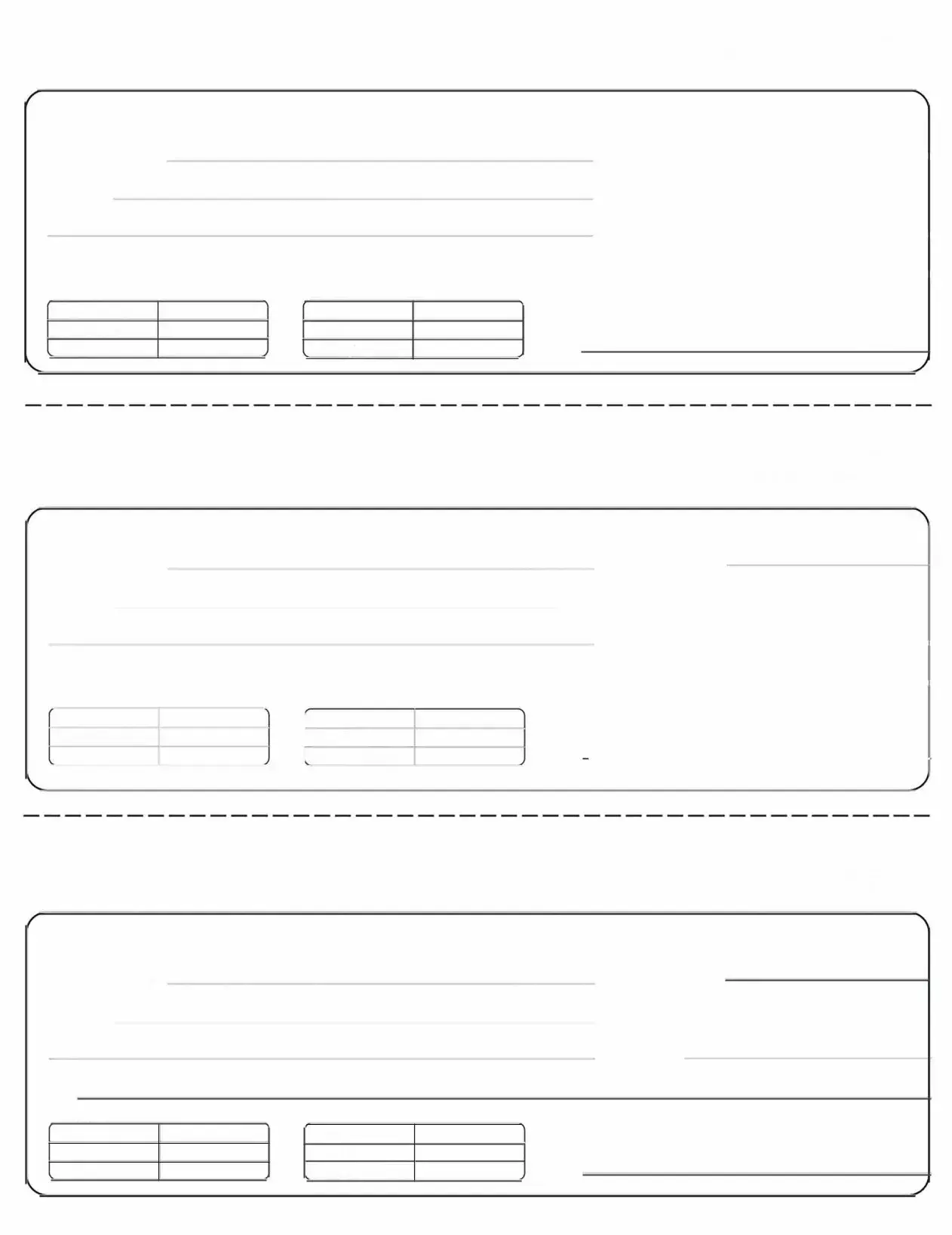The Cash Receipt form is similar to an Invoice in that both documents provide a record of a transaction between two parties. An Invoice typically lists the goods or services provided, their costs, and the total amount due, while a Cash Receipt confirms that payment was received for those goods or services. Essentially, an Invoice requests payment, and a Cash Receipt acknowledges its receipt.
Similarly, a Sales Receipt is closely related to a Cash Receipt as both serve as proof of a transaction. However, a Sales Receipt is specifically issued after payment has been made to document the details of the purchase, including the date of sale, items or services sold, and the amount paid. While a Cash Receipt can also serve this purpose, it is more broadly used for any cash payment received, not just sales transactions.
A Payment Voucher shares similarities with a Cash Receipt because both are involved in the transaction process. A Payment Voucher is used before a transaction to authorize a payment and typically includes details about the payee, the payer, and the reason for the payment. In contrast, a Cash Receipt is issued after the payment as proof that the payment has been made.
The Deposit Slip is another document similar to the Cash Receipt. Both documents are used to record transactions involving sums of money. While a Deposit Slip is specifically used to record money deposited into a bank account, detailing the amount, account number, and depositor's information, a Cash Receipt documents any cash received, not just deposits, providing a broader usage.
A Billing Statement and a Cash Receipt also share similarities in their roles in financial transactions. A Billing Statement is issued to provide a summary of all transactions over a billing period, including any payments made and outstanding balances. In contrast, a Cash Receipt is a more immediate record, acknowledging receipt of payment at the time of a transaction. Both help in tracking financial activity from different angles.
Finally, a Credit Memo bears resemblance to a Cash Receipt in reverse. While a Cash Receipt acknowledges receipt of money, a Credit Memo is a document issued by a seller to a buyer, acknowledging that a credit has been made to the buyer’s account, typically due to a return or an overpayment. It essentially acts as a negative receipt, indicating a return of funds rather than receipt of payment.

